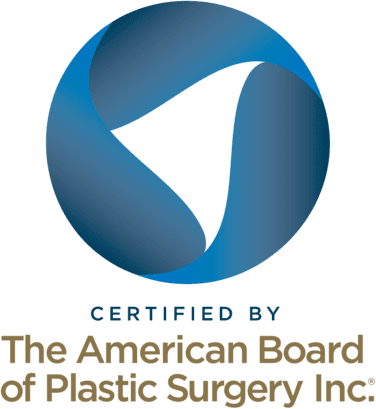With any metoidioplasty, there is a very low chance of losing any sensation in your penis or other tissue in your groin. Both procedure types are ideal for patients hoping to achieve an enlarged phallic structure with preserved erogenous sensation.
Weight in itself is not the sole restrictive factor in determining one’s eligibility for a particular procedure. Decisions are always made in light of you as a whole and certainly, it is not a point to be dismissed whether one’s weight is “too high” or “too low.” BMI in itself does not necessarily correlate with one’s health status or even level of obesity. At the GCC (Gender Confirmation Center), we do have BMI eligibility restrictions for certain procedures. It is important to note that body composition, not the weight itself, is a major determinate. BMI itself does not reflect this point. If you have specific questions, you can discuss them …
A meta with PUL takes the labia minora to reposition and lengthen the urethra so that it comes out at the end of the penis shaft. It is precisely the urethral lengthening which will allow the patient to urinate from their penis and stand to pee. On the other hand, a simple meta would not change the location of the urethra. This means that a patient would still likely need an external apparatus, like a specialized packer, to urinate standing up.
Patients do not need to undergo testosterone hormone replacement therapy (HRT) to have a metoidioplasty with the GCC (Gender Confirmation Center). Patients who are taking testosterone HRT are recommended to wait 1-2 years after beginning treatment to maximize their chances of bottom growth. That said, the natal erectile tissue (sometimes called a penis or clitoris) does not always grow as a result of exposure to testosterone. Bottom growth is also not a requirement to undergo this surgery with us.
Slight changes in skin sensation that last beyond the first month of recovery are normal. Though serious complications for body contouring procedures are rare, they can include fluid build-up, infection, blood clots, or nerve damage. For this reason, it’s important to choose a highly skilled and experienced board certified surgeon for your liposuction and/or fat grafting surgery.
The final results of your liposuction procedure should be visible once three months have passed since your operation. The final results of a fat transfer procedure can take up to six months post-op to be visible.
Patients can usually return to work 1-2 weeks after a Brazilian Butt Lift and/or hip augmentation fat transfer. Though patients should avoid strenuous exercise for the first two months post-op, they should engage in frequent walks as maintaining good blood circulation is essential to making sure the injected fat “holds.” Patients will be sent home from the hospital with a compression garment that they should wear 24/7 for at least the first month after surgery. Additionally, during the first month, patients should avoid sitting on their buttocks and sleep head-down to not put any pressure on the augmented site. Dietary recommendations include staying hydrated, eating healthy fats (e.g., salmon, avocado, …
Pain usually only lasts up to five days after the operation, wherein a patient can discontinue their use of painkillers. Patients will experience heightened amounts of swelling, lumpiness and bruising of the liposuction areas during the first week, which may persist through the first month of recovery. At about 1-2 weeks post-op a patient will be cleared to return to work and resume most regular life activities. Light walking through the first few weeks is recommended to help with healing. That said, strenuous exercise should be avoided for at least the first six weeks after surgery. Incisions are often closed with absorbable sutures that will not need to be taken …
Generally speaking, if the host tissue accepts the fat that is transferred or grafted into it, the results are essentially permanent, meaning they can be life long. By the six month mark post-op, patients should be able to see their final results. However, even if the fat transfer is successful, if the patient undergoes weight loss and loses overall body fat naturally, the area that was grafted will also shrink in size.
When it comes to body feminization surgery, patients often ask how they can maximize their results. At the GCC, we caution patients against rapid weight gain before surgery for two reasons. First, it can be challenging to maintain a sustainable weight that is not natural for our lifestyle without significant continuous effort. Significant weight fluctuation post-op can affect your final results. Second, the type of fat that is available for grafting is called “subcutaneous fat” which refers to fat that is stored just beneath the skin. Often, the fat that appears from short-term, unsustainable weight gain is called “mesenteric,” referring to the fat that accumulates around the intestines. “Mesenteric” fat …
Request a Free Surgical Consultation Today.
All virtual and in-person consultations with our board-certified surgeons are free. Once you fill out this form, our patient care team will reach out and guide you through every step to get to surgery.




